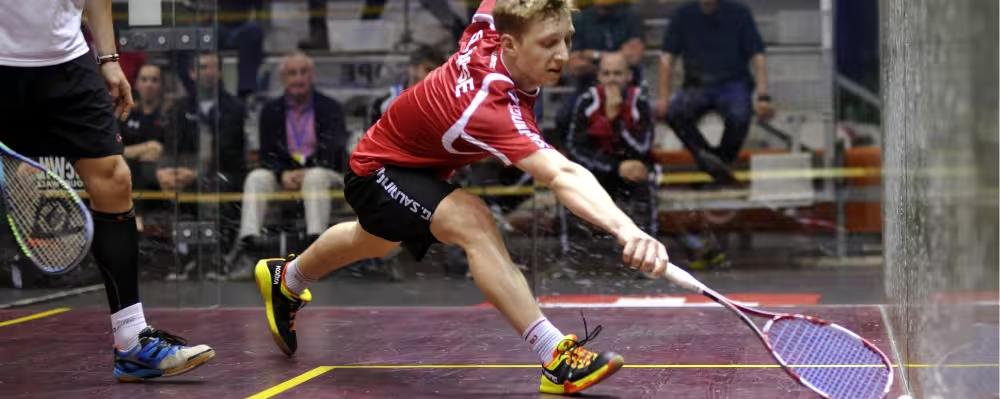31 March 2024 / 4-Min Read / Translate
Do sports need to constantly change, update and rewrite their rules? Yes, maybe. Performers are getting better, equipment changes, how the games themselves are played changes, so why not the rules?
If we didn't changes the rules, we would still be playing with wooden rackets and long trousers. The equipment used is specified in the rules. Sport does not stand still, so let's look at three potential areas for changes.

As you know, the ball must go above this line when a serve is played. That's obvious to us, but I have heard plenty of new players talk about it being used during rallies. Admittedly, lots of new players to most sports can be confused by something simple but new. So one reason to remove it might be to make it simpler for new players.
More importantly though, does it really serve (see what I did there?) its original function? In fact, what was its original function? I believe it was designed to stop hard and low serves that were considered "ungentlemanly" - yes seriously. You need to understand that when the rules were first being discussed and considered, playing dropships and angles (boasts) were also considered by many to be "unsportsmanlike" or even "unfair".
None of that matters now. Removing the Service Line would allow more variety in our serves and it's possible professional squash players would take advantage of this change to introduce some attack serves. It's quite possible any serves that would have been under the Service line would be unsuccessful anyway, in which case the Service Line no longer serves its intended purpose.
I propose we remove it.
Watching a player dive around the court and reach balls that the spectators, and sometimes the opponent, thought unreachable is exciting. They show the commitment of the player and they add spice to a match.
But you know what else they do? They often make the court unplayable. Sweat is slippery and dangerous. One player has effectively changed the area where a player can move and/or hit the ball to. Perhaps, it's simply a case of if the player dives and leaves what the referee deems to be a dangerous patch, then the point goes to the non-diver. The problem now is what happens if the referee doesn't stop play and one player slips? Whose point is it then? What do the current rules say?
Having t-shirts that don't get the floor wet when a player touches the floor is one possible solution, but not everybody can afford to buy new t-shirts, and I believe that the rules need to be applied to all levels of the game - do you agree? The simplest solution is to ban diving, but I really don't like banning things. However, safety is more important than excitement though and who knows how many juniors might become habitual divers after watching the current pros. I'm interested to hear your thoughts on this.
I propose we ban diving.

This seems to be happening more and more at professional level and before anybody says "It's just fraction of an inch - it really doesn't matter". I would respond by saying "if the ball is out by just a fraction of an inch, would it matter?". Yes, it would. I agree that servers are not really getting a significant advantage by foot faulting, but why have a rule if we are not going to enforce it?
I propose a simple solution: The server must have both feet instead the serve box when contact is made with the ball. This would force the server to start much further back, making any advantage even less significant.
Another possible solution would be to allow the referee to call a let every single time they had even the slighest doubt about a foot fault. At professional level, the player would not be allowed to appeal for a video replay. I believe this would quickly encourage servers to ensure they were clearly within the serving rules when serving.
I propose giving referees more power to call lets on every single doubtful serve.
Squash faces much bigger issues than the three I've talked about here. But those issues are not simple to resolve - these are.
A trial for the Service Line removal (simply ignore it) is easy to do for a season to see its impact. There would be no cost involved and if it proves successful, clubs and facilities can either remove the tape/paint or leave it until the court is renovated.
The foot fault issue is another quick and easy fix. Encourage all referees to cal a let on every doubtful serve and see how quickly servers would move back a little. Easy peasy lemon squeezy.
I do believe that the diving would prove harder to control. Perhaps banning it would not be well-received by either the players nor the viewing public. It just really bothers me that one player gets to make the court dangerous and is allowed to continue, yet if a player drops something they immediately lose the point - that doesn't seem right to me.